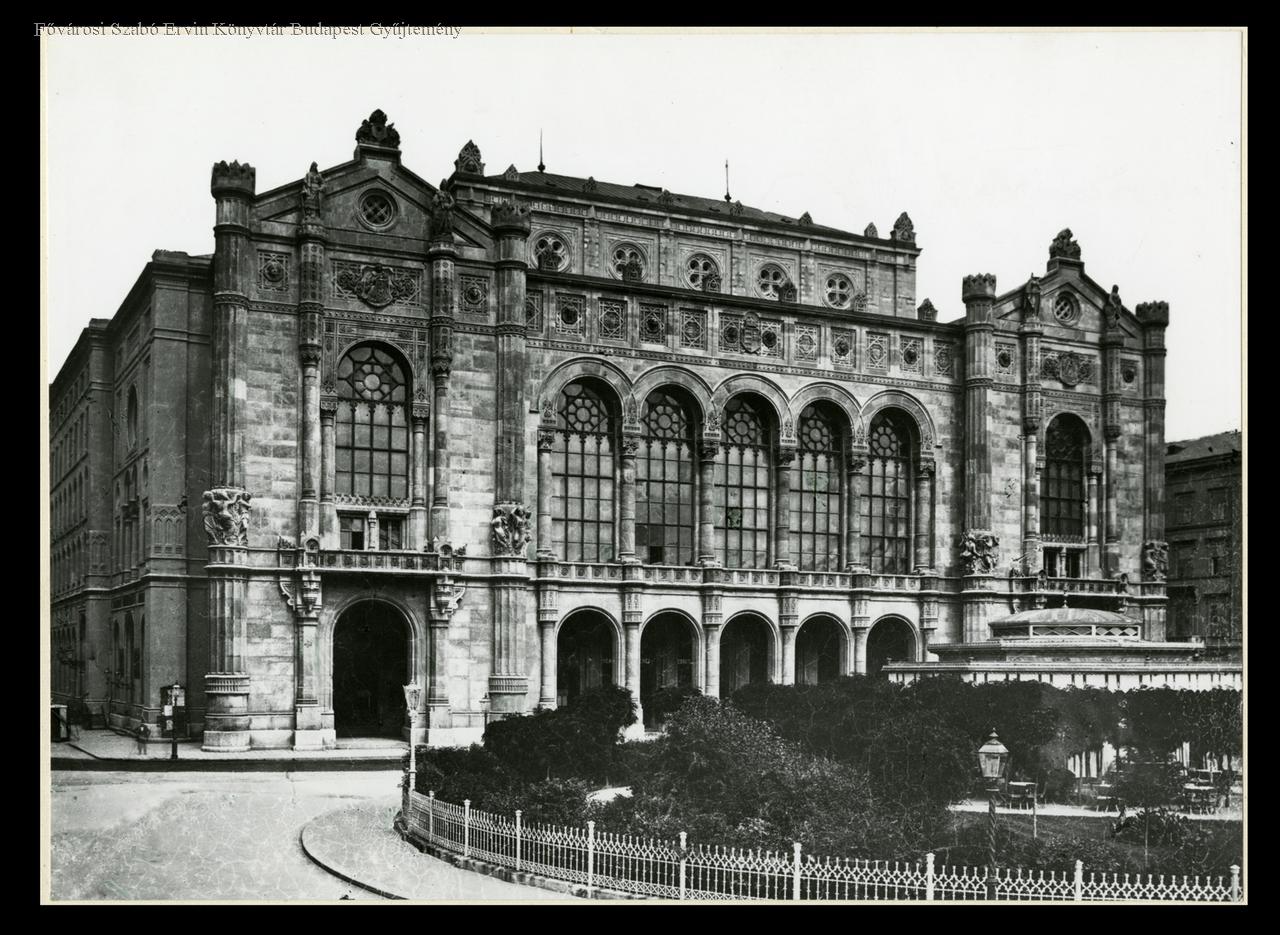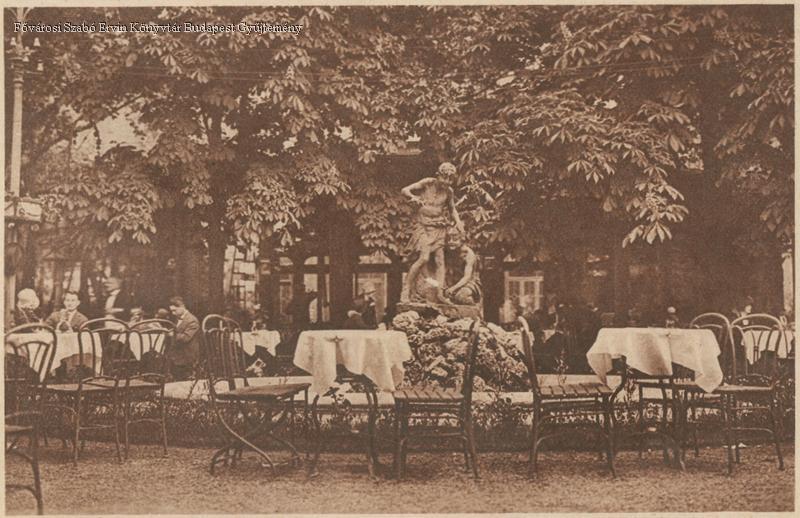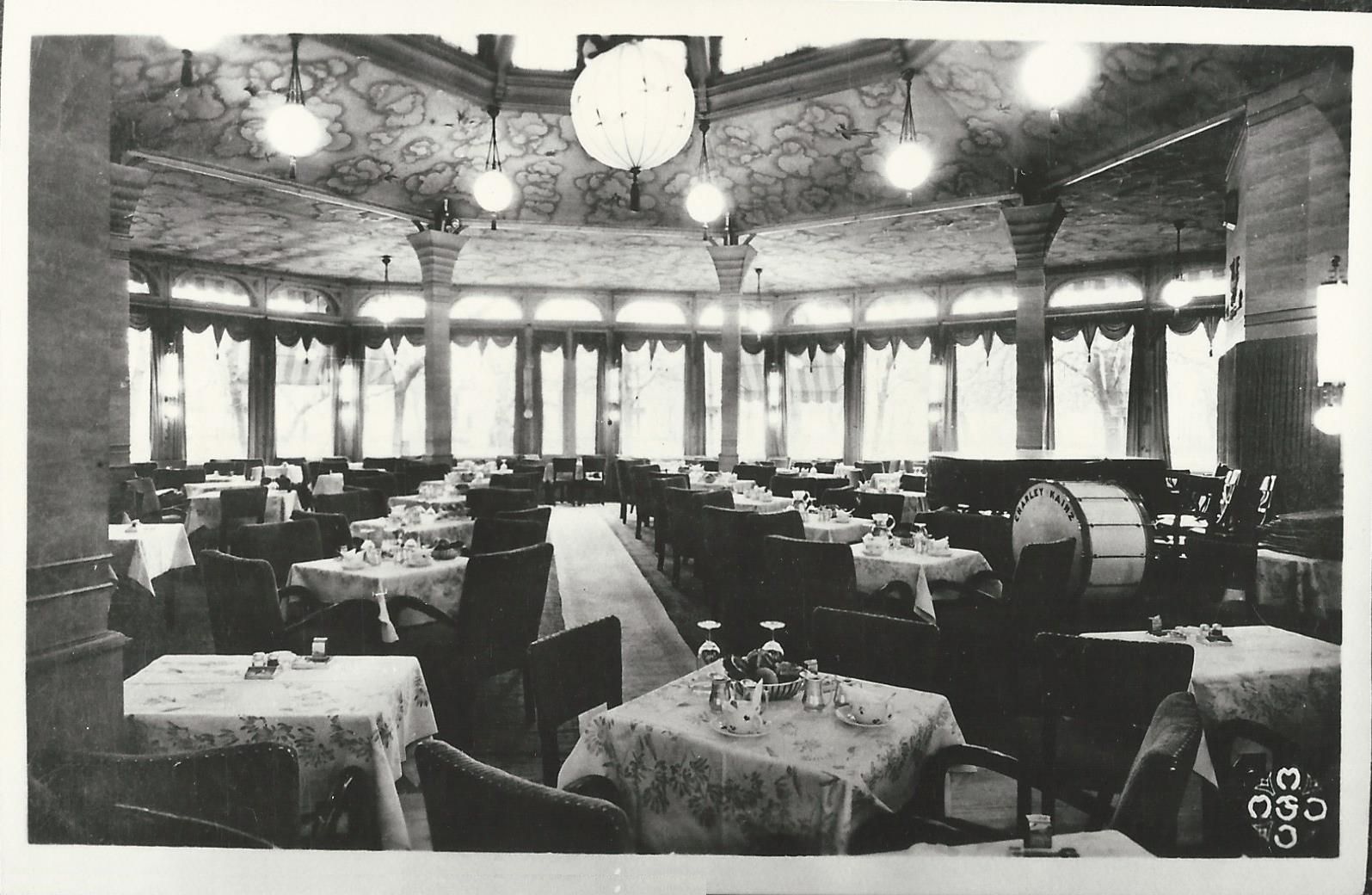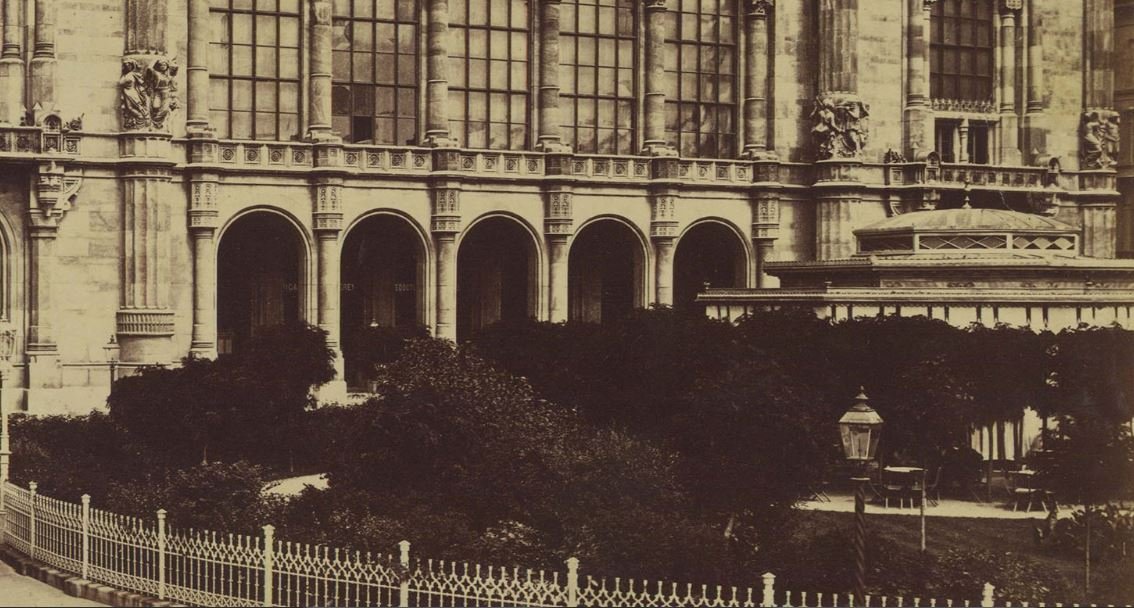Let us begin with the words of a great Hungarian writer, Kálmán Mikszáth, who wrote about the well-known kiosk: "Anyone who wishes to get to know Budapest social life must visit the kiosk in front of the Redoute, or as its often called, the 'Hangli'. The kiosk is unique in the capital."
Once, everyone in Budapest knew the Hangli, and it was the home of carefree fun, and the pearl of the Danube Promenade on a Sunday afternoon. Mikszáth mentions the Redoute in his feuilleton, but most likely means the Vigadó, as the kiosk was founded after the old Redoute had been demolished in 1860.
True, a restaurant had operated here earlier as well, when this section of the riverbank had been dominated by the Redoute and the Queen of England Hotel, best known for its illustrious resident, Ferenc Deák. The description of the kiosk's precursors can be found in the work of another literary giant, Gyula Krúdy: "A small restaurant and a pálinka house stood where the Hangli is today. The pontoon bridge usually constructed in the summer started in front of the restaurant, and the people of Pest loved to sit there" – writes Krudy in a text about the Budapest of old.
Life on the Danube Promenade in the 19th century. Illustration from the 5 August 1888 issue of Vasárnapi Újság
Kiosks or pavilion-like garden restaurants were popular in Budapest at the end of the 19th century. Another famous kiosk stood on Erzsébet Square and was often compared to the Hangli.
Mark Hangl operated the café in the Pest Vigadó from 1869. He secured the lease through the help of Ferenc Deák. This is allegedly the only case in which Deák used his influence to help someone in this way. It seems he held Hangl, who had been his room service waiter in the Queen of England Hotel, in high esteem. Hangl soon requested a license to open a "summer restaurant" on the square in front of the Vigadó. This became the Hangli, which we operated for 18 years, alongside the Vigadó Café.

The Vigadó and the Hangli Kiosk around 1880 (Photo: FSZEK Budapest Collection)
When the lease of the kiosk and cafe were re-tendered in 1888, the city fell into turmoil. The 24 May 1888 issue of the Pesti Napló wrote about how the matter was discussed by the City Council: It has been some time since the General Assembly was as full as it was today. The lease of the Vigadó Cafe and kiosk were to be discussed, and this garnered much interest, to a degree that members of the council rarely show. This is also evidenced by the fact that a large number of members left the chamber one the question had been discussed. As a result, a number of other matters, vital to the financial interests of the capital, such as the expropriation of the Szabó and Schönwald paper mill, were only discussed by a small number of members. The debate surrounding the lease was also unusually heated."
Jr. Róbert Rémi one the vote 126 to 71, and was thus allowed to operate the café and kiosk. Mark Hangl, who had not entered the tender, retired and became a valued figure of public life in the capital until his death in 1909.
In 1888 Róbert Rémi Jr. one the lease to the kiosk. His name can be seen on the building in this photograph by György Klösz from 1900 (Photo: Fortepan/Budapest Archive/Photographs by György Klösz. reference no.: HU.BFL.XV.19.d.1.08.036)
The new tenant, Róbert Rémi Jr., was a painter and student of Mihály Munkácsy. His decorative taste increased the grandeur of the locale, and a unique statue was also placed before the kiosk. The statue by Károly Senyei of children pouring water can still be seen on the square today, though it stood elsewhere for decades after 1945.

The statue by Károly Senyei, among the tables of the kiosk (Photo: FSZEK Budapest Collection)
Károly Pohl secured the lease after Rémi. Henceforth, beer was also available, something previously unthinkable. The venue then changed hands several times and saw some success in the years after World War I until the 1930s. In 1930 the Public Works Council drew up plans to organise the Danube Promenade, and the kiosk was destined to be torn down.

A
The interior of the Hangli Kiosk in the early 1940s (Photo: National Digital Archive)
The designers dreamed of creating a sort of Saint Mark's Square before the Vigadó and also planned to fell the trees of the square. The plan eventually came to nothing, and the Kiosk remained open. It was soon taken over by the Rónai brothers, who again made it a successful and fashionable locale. The kiosk building wad renovated and modernised. Transylvanian dished were added to the menu, and the Vigadó Café was also redecorated in the Transylvanian style.
In the early 1940s, the kiosk even hosted concerts, including performances by Vali Rácz, a popular singer of the period. However, these were the final days of the Hangli. As the Second World War progressed a shadow increasingly crept across the lights of the promenade. In the strictest sense of the word during blackouts.
The kiosk burned down during the siege of Budapest. In 1945 the ruins of the building were demolished and replaced with the memorial to Soviet pilots, which stood on Vigadó Square, as a foreign element, until the fall of socialism.
Photo: The circular floor plan of the Hangli Kioszk in a detail of a photograph of the Vigadó by György Klösz taken in 1900 (Source: (Photo: Fortepan/Budapest Archive/Photographs by György Klösz. Reference No.: HU.BFL.XV.19.d.1.05.087





































Hozzászólások
Log in or register to comment!
Login Registration